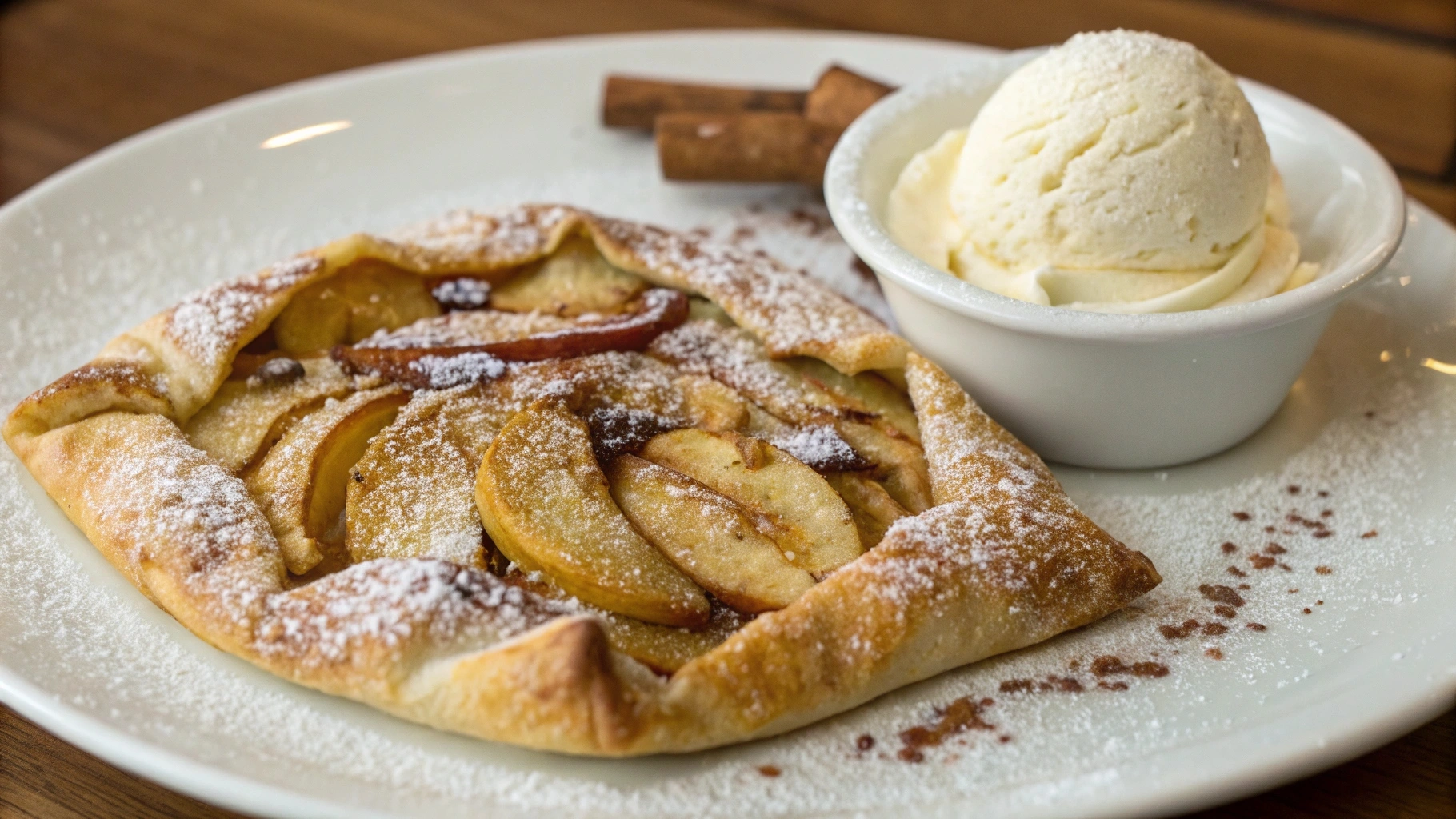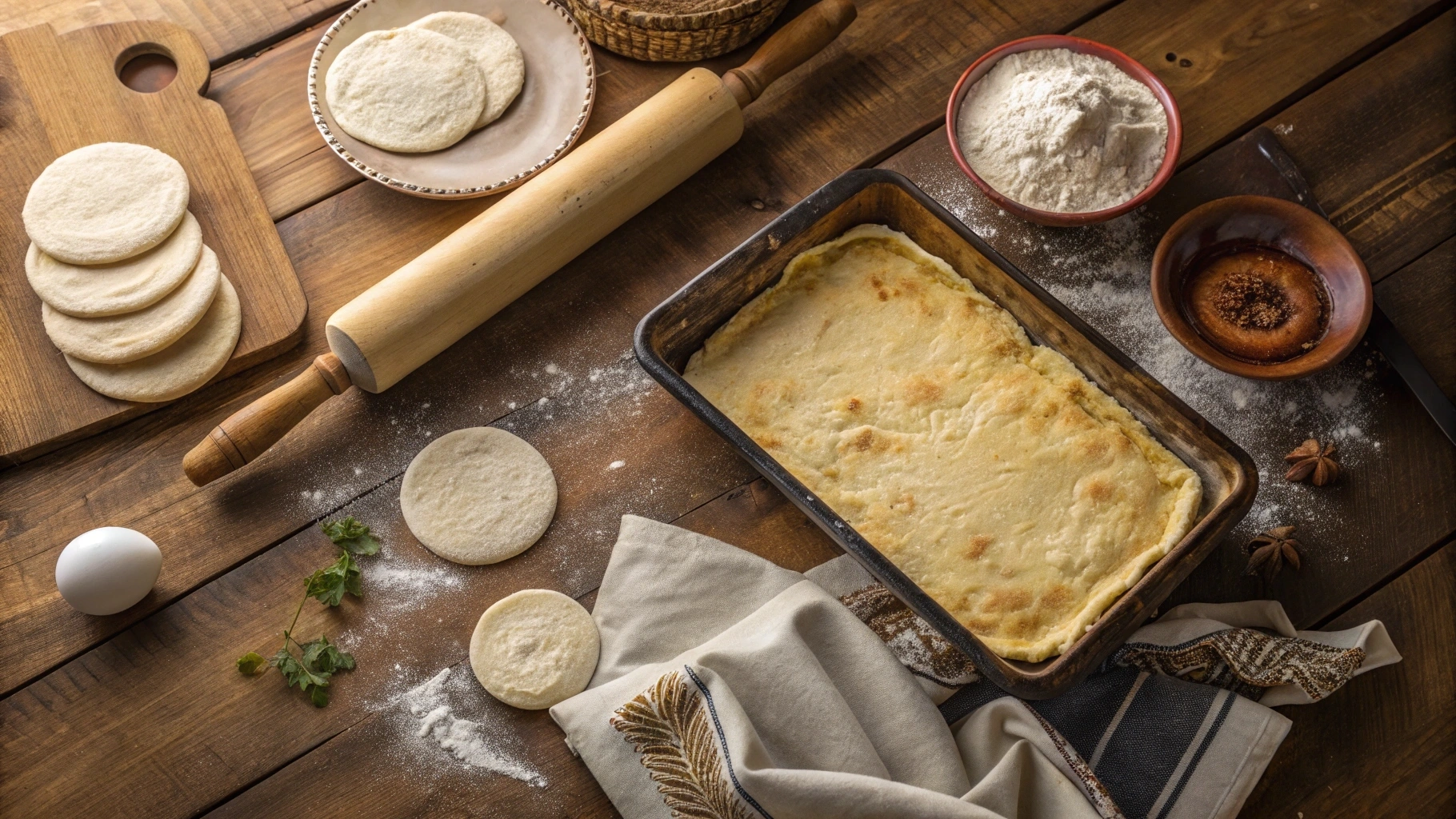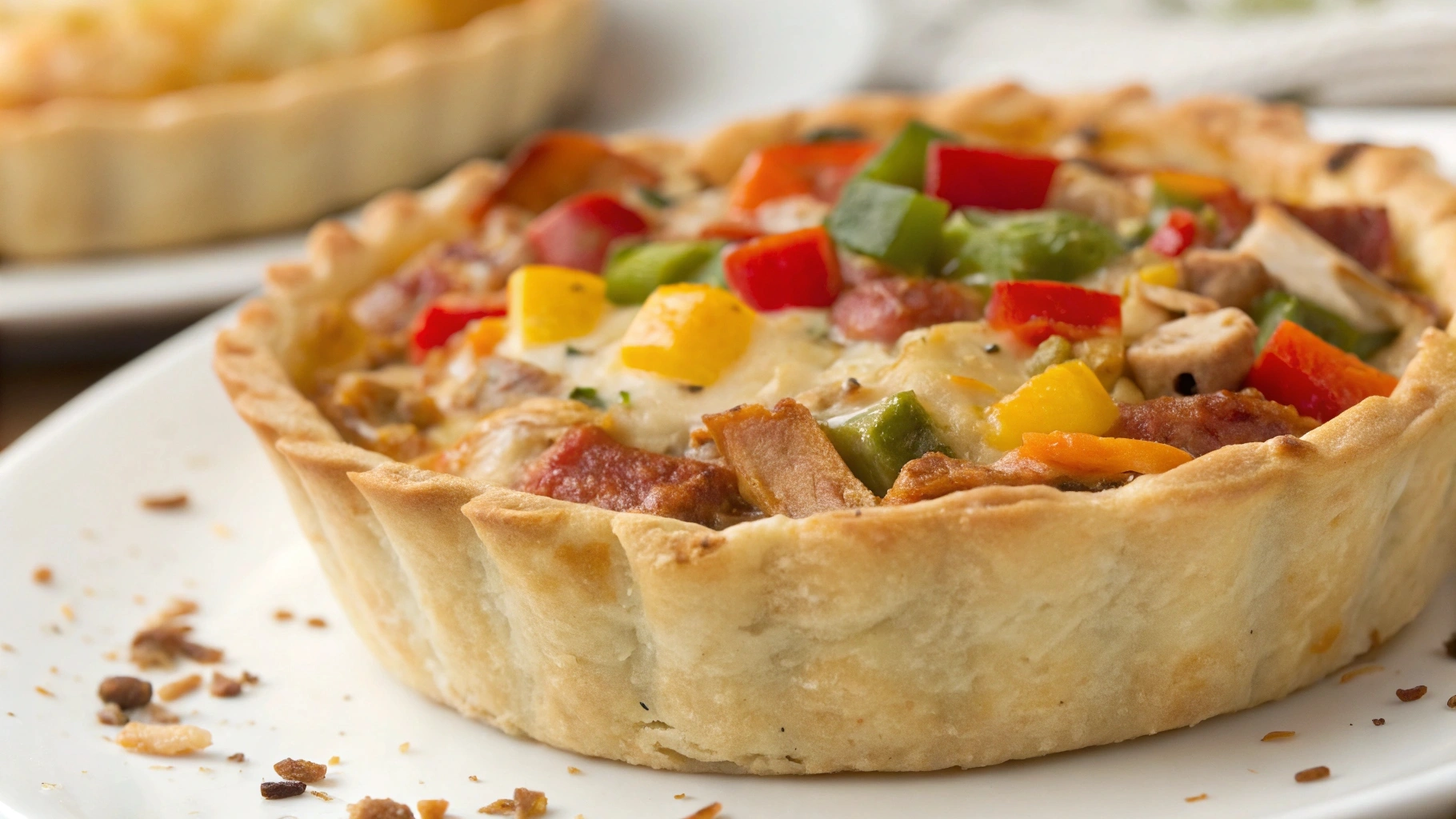Tortillas are a staple in many cuisines, renowned for their simplicity, versatility, and ability to complement a wide variety of ingredients. While traditionally used for tacos, wraps, and enchiladas, their potential extends far beyond these classicapplications. In recent years, home cooks and chefs alike have discovered that tortillas can also serve as a creative substitute for traditional pastry in numerous recipes.
Understanding Tortillas and Pastry
2.1. Definition and Types as a Pastry Substitute
Tortillas are thin, flat, and round bread traditionally used in Mexican and Central American cuisines. They come in two primary types: corn tortillas and flour tortillas.
- Corn Tortillas: Made from masa harina (a type of corn flour), these have a slightly grainy texture and a rich, earthy flavor. Corn tortillas are gluten free and are often used in dishes like tacos, tostadas, and enchiladas. Originating from Mesoamerican civilizations, they date back thousands of years.
- Flour Tortillas: These are softer and more pliable, made primarily from wheat flour, water, and fat (such as lard or oil). Flour tortillas are ideal for burritos, quesadillas, and wraps. They gained popularity later, particularly in northern Mexico and the United States.
Both types are versatile and readily available, making them a convenient option for a range of culinary experiments.
2.2. Definition and Types of Pastry
Pastry is a dough made from flour, fat, and water, used as a base or covering in various baked goods. There are several types of pastry, each with unique characteristics and applications:
- Puff Pastry: A flaky and layered dough made by folding butter into the dough multiple times. It is commonly used in croissants, tarts, and savory pies.
- Shortcrust Pastry: A crumbly, tender dough made with butter and used for pie crusts, quiches, and tart shells. It is easy to work with and holds fillings well.
- Phyllo Pastry: A paper thin dough layered with butter or oil, resulting in a crisp and delicate texture. Phyllo is often used in baklava, spanakopita, and other Mediterranean dishes.
While pastries are known for their rich texture and flavor, they typically require more time and skill to prepare compared to tortillas, making the latter an appealing alternative in certain recipes.
Benefits of Using Tortillas as a Pastry Substitute

3.1. Health Considerations
One of the most significant advantages of using tortillas instead of traditional pastries is their lower calorie and fat content. Pastries like puff and shortcrust often require large amounts of butter, shortening, or lard to achieve their rich texture, making them calorie dense and high in saturated fats.
In contrast, tortillas, especially corn tortillas, are typically lower in both calories and fat. For instance, a standard 6 inch corn tortilla contains approximately 50-60 calories and virtually no fat, while an equivalent serving of puff pastry can exceed 200 calories with a significant fat content. Flour tortillas, though slightly higher in calories due to added oils, still remain a lighter option compared to most pastries. This makes tortillas a healthier choice for those looking to reduce calorie intake without sacrificing taste.
3.2. Convenience and Availability
Tortillas are incredibly convenient, as they are widely available in stores and ready to use straight out of the package. Making pastry from scratch, on the other hand, is a time intensive process requiring careful attention to technique. Puff pastry, for example, involves laborious folding and chilling, while shortcrust dough demands precise measurements and skillful handling to avoid overworking. For busy cooks or those new to baking, using store bought tortillas provides a quick and easy alternative.
Additionally, Tortillas as a Pastry Substitute can be stored for weeks and don’t require thawing like frozen pastry sheets, making them a practical option for last minute meals.
3.3. Dietary Preferences
Tortillas cater to a variety of dietary needs, offering flexibility in ways that traditional pastries often cannot. Corn tortillas are naturally gluten free, making them an excellent substitute for those with gluten sensitivities or celiac disease. For individuals following low carb or keto diets, low carb tortilla varieties are readily available, providing a suitable alternative to carb heavy pastry dough.
Moreover, tortillas come in vegan options, as many are made without animal fats, unlike traditional pastries that often use butter or lard. This versatility makes tortillas a more inclusive and accessible ingredient for diverse dietary requirements.
Practical Tips for Tortillas as a Pastry Substitute
Swapping traditional pastry for tortillas requires thoughtful adjustments to ensure the dish retains its flavor, texture, and appeal. Below are practical tips to help you make the most of tortillas in place of pastry.
5.1. Selecting the Right Tortillas as a Pastry Substitute
The type of tortilla you use can significantly impact the outcome of your dish.
- Corn Tortillas: These have a firmer texture and a distinct, earthy flavor. They work best for savory dishes like quiches, empanadas, or pie crusts where a robust base is needed. Their gluten free nature makes them ideal for those with dietary restrictions. However, they can crack more easily, so gentle handling is essential.
- Flour Tortillas: Softer and more pliable, flour tortillas are versatile and easier to shape or fold. They are better suited for dishes requiring flexibility, such as dessert quesadillas, samosa dillas, or hand pies. The mild flavor of flour tortillas makes them suitable for both savory and sweet applications.
When selecting tortillas, consider their size and thickness. Larger tortillas are perfect for lining pie pans, while smaller ones work well for individual portions like hand pies.
5.2. Preparation Techniques

Proper preparation ensures tortillas mimic the texture and functionality of pastry.
- Preventing Sogginess: To avoid a soggy base when using tortillas for pies or quiches, pre bake (blind bake) them for a few minutes. Brush the tortilla lightly with oil or egg wash before baking to create a moisture barrier.
- Achieving Crispness: For dishes that require a crisp texture, such as fried pies or tarts, brush the tortilla with oil or butter and bake at a high temperature (around 400°F or 200°C). Alternatively, frying the tortillas ensures a golden, crunchy finish.
- Layering: When using tortillas for multi layered dishes, like lasagna or stacked pies, slightly overlap them to maintain structural integrity.
- Shaping: If tortillas need to fit specific molds, such as muffin tins for mini tarts, warm them briefly in a microwave or on a skillet to make them more pliable.
5.3. Flavor Pairings
Pairing tortillas with complementary fillings enhances the overall flavor of your dish.
- Corn Tortillas: Pair well with robust, savory fillings like spiced meats, beans, roasted vegetables, or tangy cheeses. Their earthy flavor also complements dessert fillings such as caramelized bananas or cinnamon apples.
- Flour Tortillas: Due to their neutral taste, these work well with a variety of fillings. For savory options, try creamy or mild ingredients like spinach, ricotta, or chicken. For sweet dishes, pair them with Nutella, berries, chocolate, or sweetened cream cheese.
By selecting the right tortilla type, employing proper preparation methods, and thoughtfully pairing flavors, you can effectively replace pastry in your recipes while delivering delicious and innovative results.
🧠 Want More Tips on Baking Without Traditional Pastry?
If you’re feeling inspired to try tortillas as a crust, or you’re exploring other no fuss quiche options, here are some helpful posts from the blog to guide you:
-
What Happens If You Don’t Pre-Bake Pie Crust?
Thinking of skipping the blind bake step? This article explains why it matters and how to avoid soggy bottoms (nobody wants that). -
Quiche Without Pastry: Alternatives and Tips
Don’t want any crust at all? This one’s packed with smart pastry free solutions — including veggie based and low carb options. -
Perfect Quiche Crust: Blind Baking Tips & Alternatives
Learn when, why, and how to blind bake — especially if you’re experimenting with alternatives like tortillas or phyllo. -
Tortilla Quiche Bake
This easy recipe is a reader favorite! It walks you through using tortillas to create a light, satisfying quiche without traditional pastry.
Tortillas offer a unique and practical alternative to traditional pastry, combining convenience, versatility, and a healthier profile. From savory quiches and empanadas to sweet fruit tarts and dessert quesadillas, tortillas can adapt to a wide range of culinary applications. By choosing the right type of tortilla, preparing them correctly to enhance their texture, and pairing them with complementary fillings, you can create innovative dishes that rival those made with conventional pastry.

